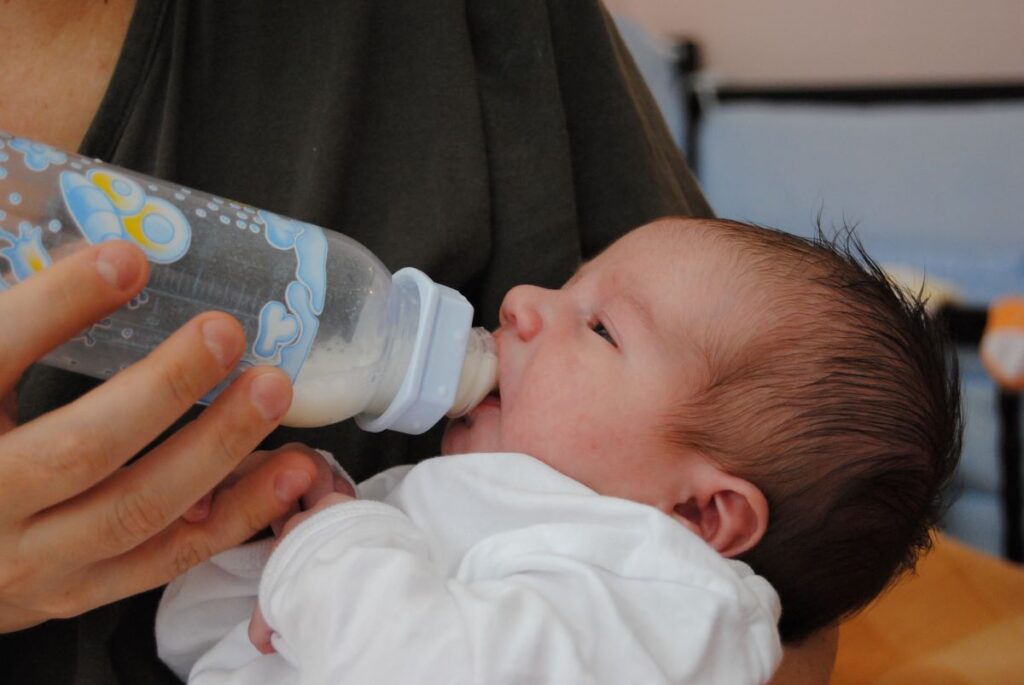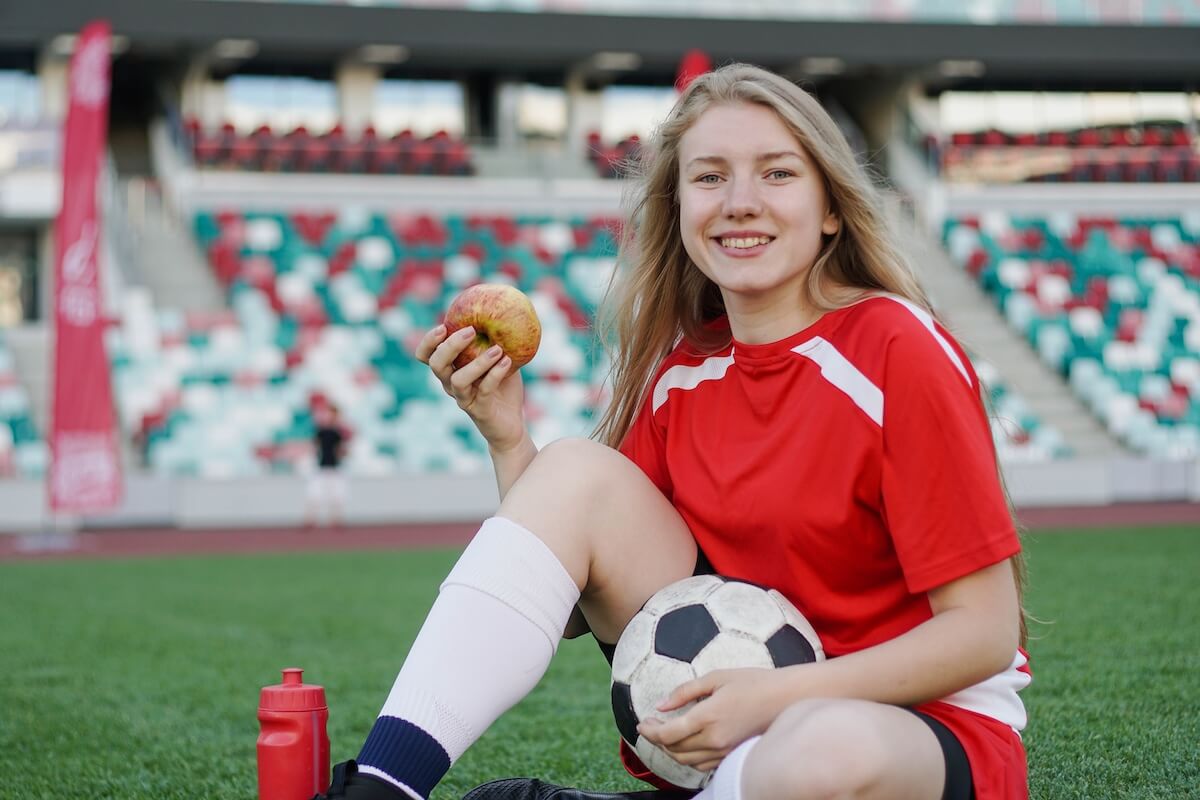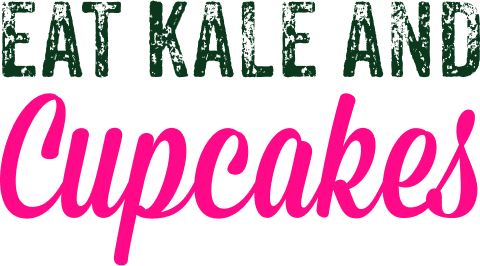What is the SOS Approach?

After hearing many collaborating practitioners in the pediatric and adolescent feeding field throw around the buzz word “SOS Approach”, we did our research and decided to learn about it ourselves. Even with years of experience treating clients presenting with picky eating, problem feeding, and ARFID, we as dietitians are always eager to learn more and provide our clients with the most up-to-date evidence-based treatment modalities. So, we flew to Chicago for a 4-day intensive training course taught by Dr. Toomey and her associates to learn the SOS Approach to Feeding Program.
We are happy to announce we will be taking new clients and are ready to implement the core principles of the SOS approach with you and your child.
(adapted from the SOS Approach to Feeding main website, also available for free download – https://sosapproachtofeeding.com/why-sos-approach-feeding/)
Some things you’re probably wondering:
What does SOS stand for?
Sequential-Oral-Sensory – the three main components of the program.
- In the SOS Approach, the feeding problem is conceptualized as the tip of an iceberg. The child’s difficulties with eating and gaining weight is what everybody sees, but similar to an iceberg, it is what is under the water that crashes the boat.
- The SOS Approach to Feeding stands for Sequential-Oral-Sensory because these are the major components of the program. However, SOS also stands for Save Our Ship! In the SOS Approach to Feeding, we assess and address all of the underlying (“under the water”) causes of the feeding difficulties. SOS uses a transdisciplinary team (Pediatric Psychologists, Pediatricians, Occupational Therapists, Registered Dietitians, and Speech Pathologists/Therapists) to evaluate and treat the “whole child” including:
- Organ systems
- Muscles (including oral motor)
- Sensory processing
- Learning, behavior, and cognition
- Development
- Nutrition
- Environment
How do I know if I am an appropriate client for this approach?
Depending on your or your child’s age – we can help you address appropriateness for feeding therapy/food school
Some “Red Flags” to consider:
- Ongoing poor weight gain (rate re: percentiles falling) or weight loss
- Ongoing choking, gagging or coughing during meals
- Ongoing problems with vomiting
- More than once incident of nasal reflux
- History of a traumatic choking incident
- History of eating and breathing coordination problems, with ongoing respiratory issues
- Parents reporting child as being “picky” at 2 or more well child checks
- Inability to transition to baby food purees by 10 months of age
- Inability to accept any table food solids by 12 months of age
- Inability to transition from breast/bottle to a cup by 16 months of age
- Has not weaned off baby foods by 16 months of age
- Aversion or avoidance of all foods in specific texture or nutrition group
- Food range of less than 20 foods, especially if foods are being dropped over time with no new foods replacing those lost
- An infant who cries and/or arches at most meals
- Family is fighting about food and feeding (ie. Meals are battles)
- Parent repeatedly reports that the child is difficult for everyone to feed
- Parental history of an eating disorder, with a child not meeting weight goals (parents not causing the problem, but may be more stressed and in need of extra supports)
If you answered “yes” to any of these questions, the good news is that feeding therapy can help! The earlier you begin working with a feeding therapist, the faster you will see changes. It is much easier to change a 2 year old’s relationship to food than a 12 year olds; however, feeding therapy can help make mealtimes more enjoyable for people of all ages! Adults can even benefit from these strategies.
Will I/my kid learn how to eat new/more foods?
Did you know there are 32 steps to eating? Step #32 is chew and swallow. This will be a whole new outlook on the eating experience for your whole family. Eating does not begin at the mouth, contrary to popular belief.
- First, we must tolerate the physical presence or the look of the food. This might even include just being in the same room as the food.
- Then, perhaps, we can interact with the food without directly touching the food to your skin, maybe by using a kitchen utensil like a mini food chopper or a fork.
- Next, our body needs to process and manage the smell or odor of a food. The play then expands to include touching the food with your fingers, hands, body, and mouth.
- Think about that baby first learning to eat!
- Tasting comes next, which might look like quickly poking the food with the tip of your tongue, or maybe putting the food in your mouth, and spitting it out.
- Finally, we are ready to practice chewing and swallowing.
We will help you and/or you and your child/teen learn how to do sensory based problem solving to work your way up the steps to eating, to be able to eat any and all foods using this approach.
Where do I start?
Give us a call! Our registered dietitians are here to work with you and your family to take this on together and learn new ways to approach food and meal times, while learning our body’s sensory strengths and weaknesses along the way.
- To learn more, check out sosapproach.com , parent resources page – https://sosapproachtofeeding.com/parent-libraries/
- For additional feeding support, visit www.feedingmatters.org. They have all sorts of resources for adults.
Please remember that there is hope and help for you/your child or teen in feeding therapy with a holistic, sensations and play based approach.
Free Download to Share: Am I at your Table







